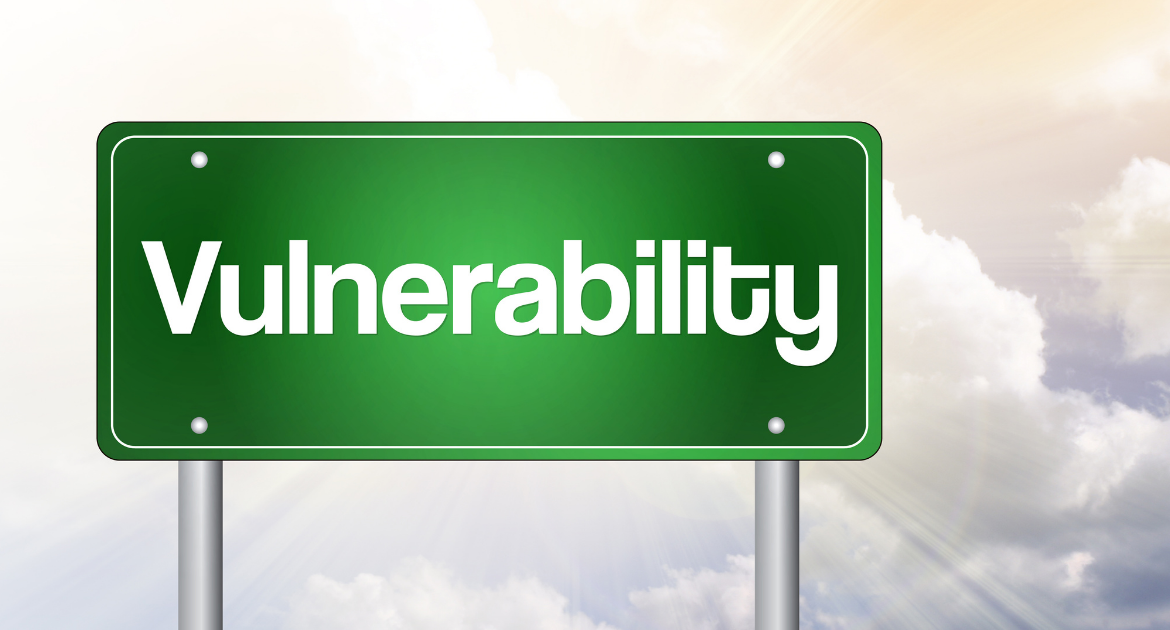The term ‘vulnerable’ is complex and multilayered and describes people at risk of experiencing exploitation, discrimination, abuse, neglect or violence. Traditionally, the term is applied to specific demographics such as people with disability, particularly those with intellectual disability or mental illness, who are perceived as not having capacity or having fluctuating capacity. Vulnerability is usually discussed in terms of particular characteristics that are intrinsic to individuals with the belief that people who cannot provide informed and voluntary consent are more susceptible to harm. Hence, the label ‘vulnerable’ is often negative and can lead to harmful stereotyping and categorisations.
In contrast, Martha Albertson Fineman (2017) developed the theory of vulnerability which defines vulnerability as ‘universal and constant’, and it is ‘manifested differently in individuals, often resulting in significant differences in position and circumstance.’ All people will experience some form of vulnerability within their lifetime, with some experiencing vulnerability more acutely than others. Hence, vulnerability is part of the human experience; it is not something that only occurs to particular groups of people. Albertson Fineman’s redefinition of vulnerability in many ways resembles the distinction between the medical and social model of disability. The medical model views disability as a problem that belongs to the person, while the social model considers that disability is created by barriers in our society. Barriers can be structural, such as the lack of ramps to facilitate building access, as well as attitudinal. Yet, the realisation of human rights, which are fundamental rights and freedoms that each person has by virtue of being human, require external barriers to be removed so people with disability can participate in society on an equal basis with others.
Concepts that underpin the traditional notion of vulnerability, such as capacity/ incapacity, autonomy/ paternalism, equality/ inequality and empowerment/protection are presented as stark binaries with no in-between, which further complicates the issue of supporting people with disability. No-one fits neatly into these socially constructed binaries as people are either burdened with low expectations as a person’s strengths are ignored, or are unable to access the supports they require as their challenges are ignored. For example, cognitive capacity is considered to be an ability that a person either has or does not have, rather than being a continuum where it can fluctuate for all of us at any given time. Students considered to have ‘incapacity’ due to intellectual disability often experience segregation from their non-disabled peers for education, despite four decades of research that inclusive education results in improved outcomes for all students (Cologon 2019). Once a student experiences segregation, it often establishes a lifetime of segregation, which increases the risk of abuse, violence, neglect and exploitation of people with disability (Jackson 2008). The opposite occurs when a student with disability is considered to have capacity or cognitive ability, is placed within general education, rather than inclusive education, without the supports and accommodations they require to experience success. This type of placement, where the student must adapt to the classroom requirements, is called ‘integration’. Yet, when students struggle in this context, it is often the student’s disability that is blamed rather than the environment. The answer to this dilemma is to provide inclusive education, where strengths and challenges of all students, including students with disability, are acknowledged and addressed.
The term ‘vulnerable’ in the traditional sense is problematic because it can lead to disempowerment, condescension and paternalistic interventions with forms of social control that are harmful to people with disability. For instance, research indicates that people with disability are four to ten times more likely to experience sexual assault compared to the general public, yet to ‘protect’ students with disability, they are often segregated from their peers (Frawley & Bigby 2014). Within segregated education settings, students with disability are less likely to receive education about sexual health, feelings and behaviours that are readily provided to their non-disabled peers (Murray 2019). This restrictive approach may stem from misguided and harmful beliefs that students with disability are a ‘forever child’ or are asexual and will never experience an intimate relationship. The denial of supported decision making regarding sexual expression is harmful and could lead to inappropriate sexual behaviours or deny students the vocabulary to recognise and label sexual assault.
Also, segregation can place people with disability at risk of abuse as they may not have people around them to notice if something is wrong or to turn to for help when needed. However, when developmental safeguards (Kendrick 2005), which are the informal supports of being a part of a community are utilised, abuse is much less likely. Developmental safeguarding requires connectedness between people with disability and their community. Through connectedness, caring relationships can develop for the mutual realisation of needs and possibilities. Being cared about is vital for every person. The term ‘cared about’ refers to ‘feeling and/or being known and liked; on attentive noticing (such as providing opportunities that show me you know I am capable of something); and mutuality or a sense of reciprocity.’ (Robinson, Graham, Fisher, Neale, Davy, Johnson & Hall 2020). The term ‘cared about’ is utilised rather than ‘cared for’ as the latter can imply the physical practice of hands-on care rather than relational caring.
The greatest danger of the traditional concept of ‘vulnerability’ is that there is almost no critique or commentary of the environment or situational factors that expose vulnerability. The label of ‘vulnerable’ is indicative of societal failure rather than an individual condition and could unfairly disadvantage students with disability. Yet, inclusive education is a developmental safeguard for students with disability as all students learn together and learn respect for diversity. Inclusive education avoids stark binaries by acknowledging that we all have needs and strengths. Inclusive education acknowledges diversity as the norm rather than the exception.
References
Albertson-Fineman, M., 2017, Vulnerability and Inevitable Inequality, 2017, Oslo Law Review, vol. 4, p 133-149
Cologon, K. (2019) Towards inclusive education: a necessary process of transformation. Clifton Hill, VIC: Children and Young People with Disability Australia (CYDA).
Frawley, P, Bigby, C (2014) ‘I’m in their shoes’: Experiences of peer educators in sexuality and relationship education. Journal of Intellectual Developmental Disability 39(2): 167–176.
Jackson, R. (2008) Inclusion or Segregation for Children with an Intellectual Impairment: What does the Research Say? Queensland Parents for People with a Disability
Kendrick, Michael J. (2005) ‘Self Direction’ In Services And The Emerging Safeguarding and Advocacy Challenges That May Arise: A Discussion Paper For An Exploratory Study Session June 9, 2005, Hartford, CT., Hosted By The Connecticut Office Of Protection And Advocacy
Murray, B.L.( 2019) Sexual Health Education for Adolescents with Developmental Disabilities in Health Education Journal Vol. 78 Issue 8
Sally Robinson , Anne Graham , Karen R. Fisher , Kate Neale , Laura Davy , Kelley Johnson & Ed Hall (2020): Understanding paid support relationships: possibilities for mutual recognition between young people with disability and their support workers, Disability & Society, DOI: 10.1080/09687599.2020.1794797
This blog was written in collaboration with Dr Kerre Willsher




